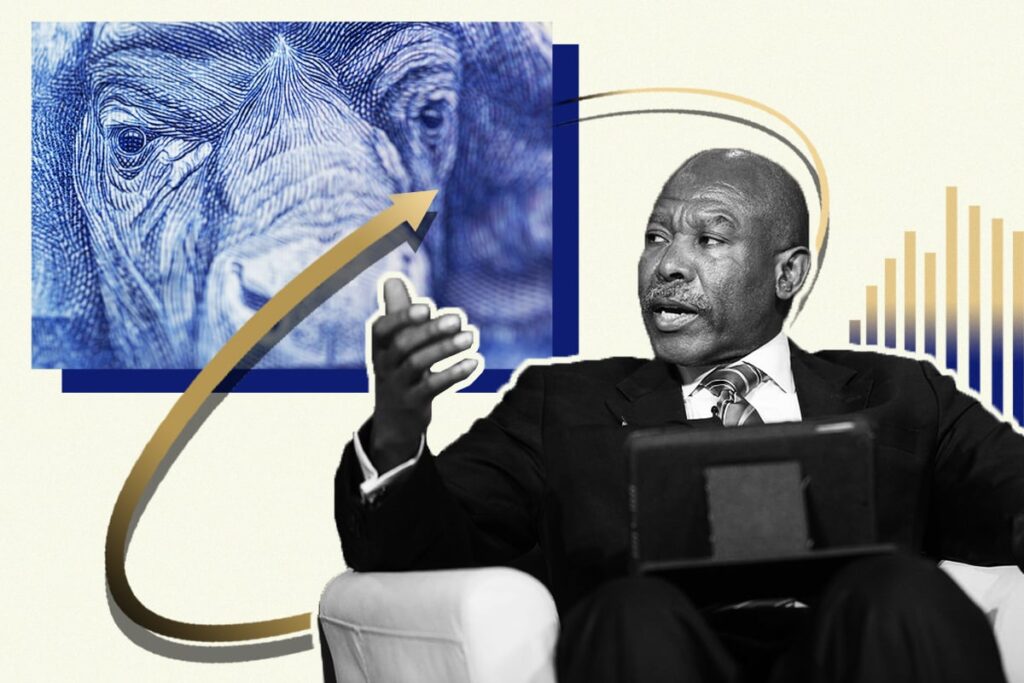South Africa could have had lower inflation and more robust economic growth over the past year had it not been for logistic constraints, frequent power outages and being added to a dirty-money watchlist, said the South African Reserve Bank (SARB) Governor Lesetja Kganyago.
While some of the country’s challenges mirrored those of the global economy, “domestic idiosyncrasies have played an out-sized role” in stoking inflation and curbing output, he said in a speech Wednesday. “Put differently; we are suffering from largely self-inflicted wounds.”
Persistent blackouts and the recent greylisting of the country by the Paris-based Financial Action Task Force “have kept investors wary,” Kganyago said. The rand has been the second worst-performing emerging-market currency against the dollar this year and was among the biggest losers in 2022.
According to the governor, the rand’s depreciation has negated the impact of lower international energy and food costs in 2023 following a spike in prices that led to the worst global inflation shock in a generation and tighter financial conditions.
Africa’s most-industrialized nation has been subjected to 16 consecutive months of blackouts that have been imposed for up to 12 hours a day because state power utility Eskom cannot meet demand from its coal-fired plants. The central bank forecasts that power cuts will add 0.5 percentage points to the inflation rate this year and shave two percentage points off gross domestic product growth.
It also expects domestic infrastructural bottlenecks will continue exerting upside pressure on inflation, Kganyago said. The Minerals Council, an industry lobby group, estimates that the sector forfeited R50 billion ($2.7 billion) in 2022 because of constraints on the nation’s freight-rail network.
The central bank has increased interest rates by 425 basis points over the past 18 months to rein in an inflation rate that, at 7.1%, remains above the 4.5% midpoint of the target range at which it prefers to anchor price-growth expectations. It expects headline inflation to remain elevated, reaching only the middle of the target range in 2025.
Forward-rate agreements used to speculate on borrowing costs show traders are pricing in the possibility of another rate hike at the next meeting of the bank’s monetary policy committee on May 25.
The governor urged the government to remain committed to implementing structural reform measures, especially with regard to logistics and electricity, that will unlock South Africa’s growth potential and, in turn, address its long-standing unemployment challenges.
Source : BusinessTech


